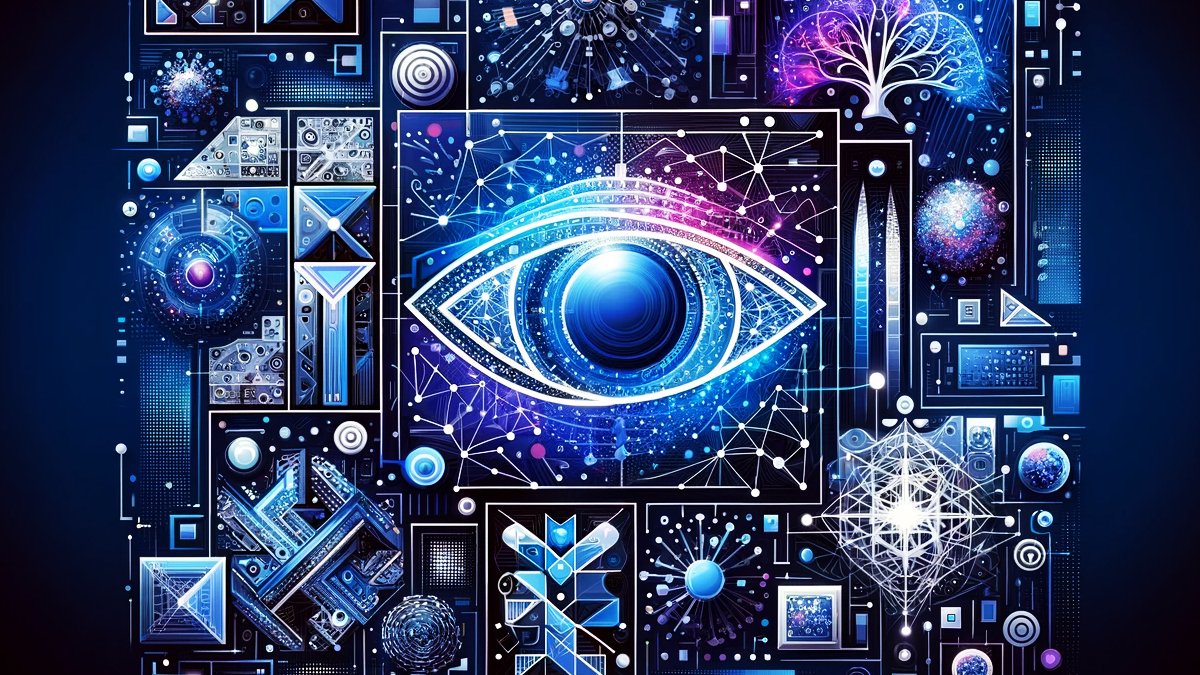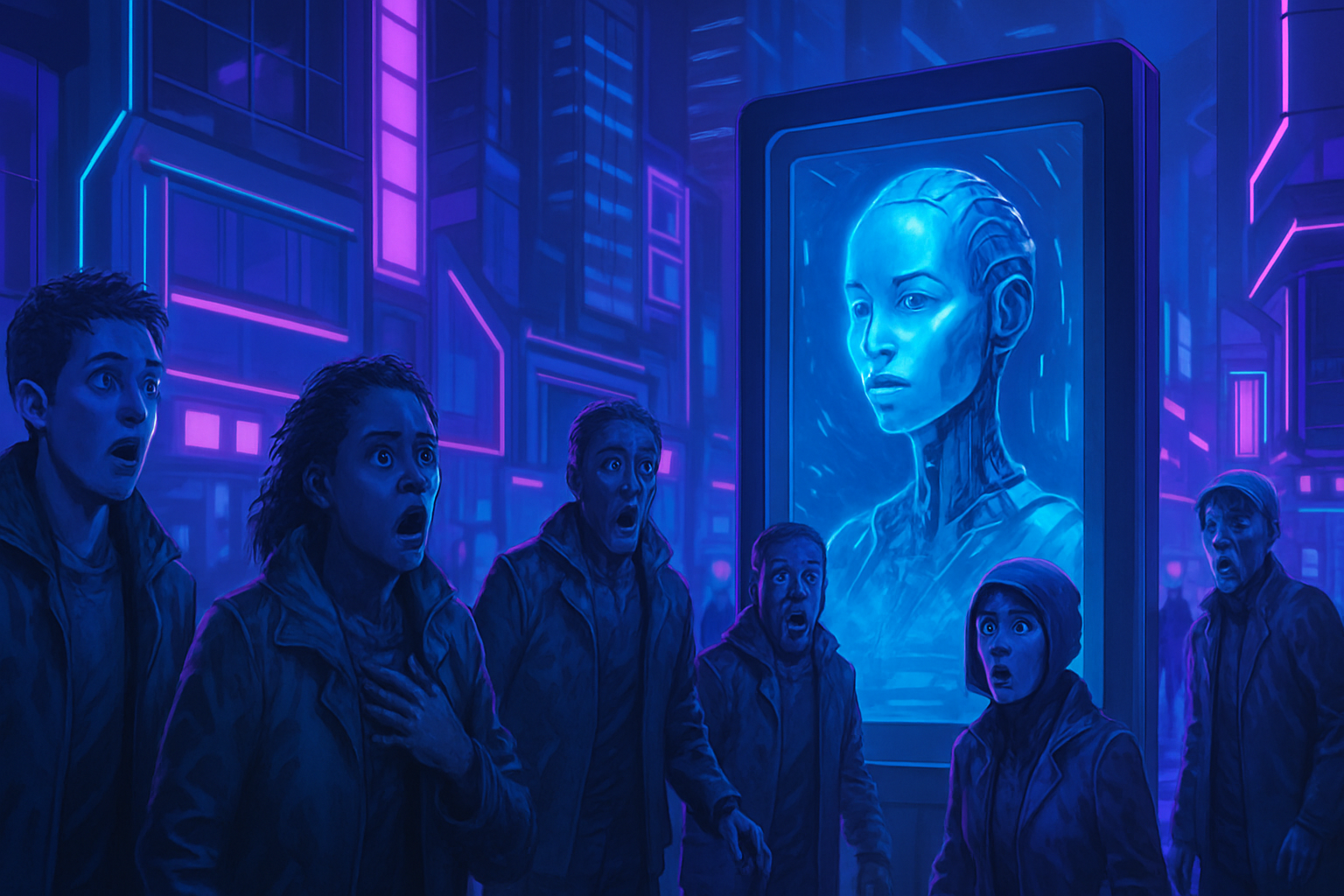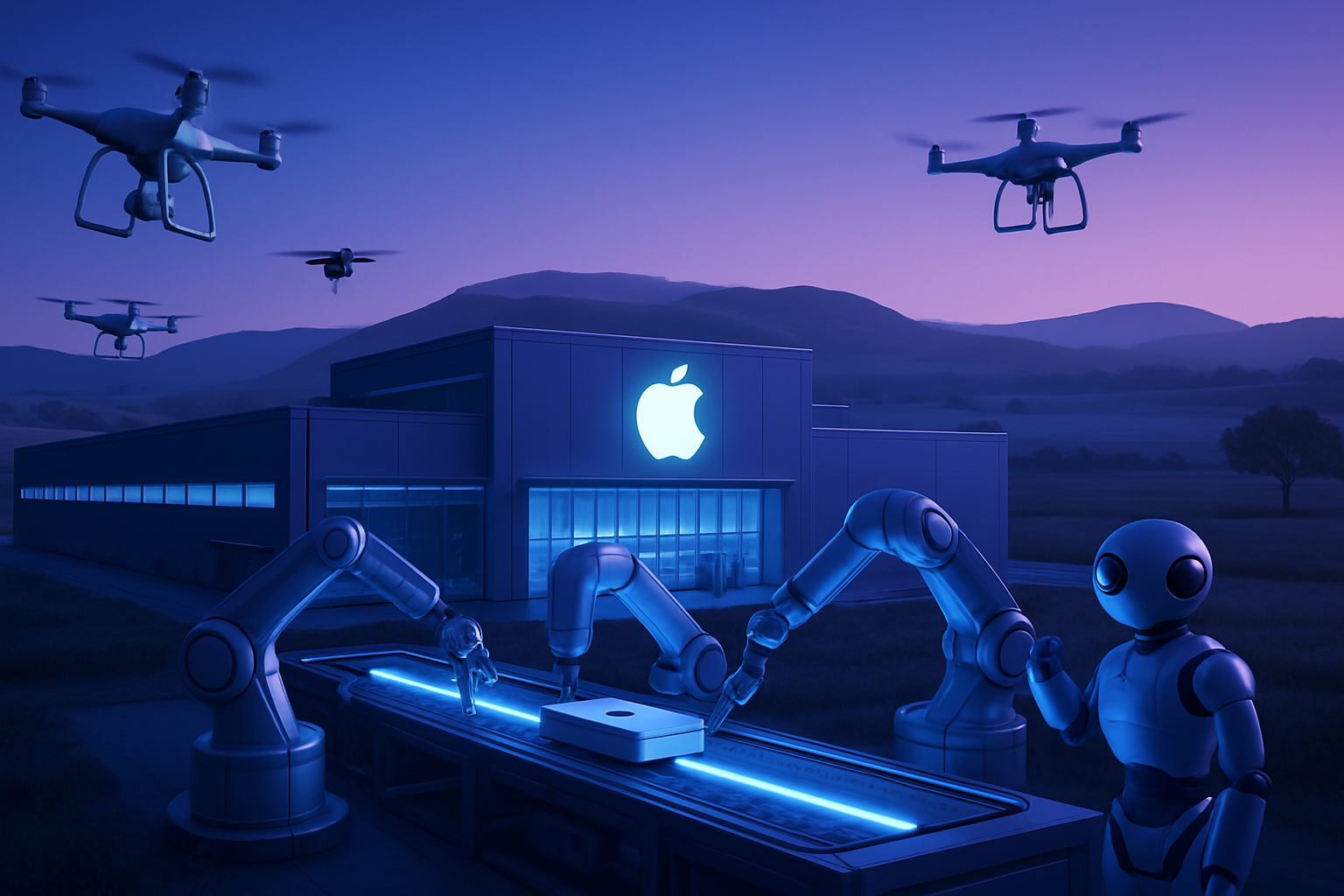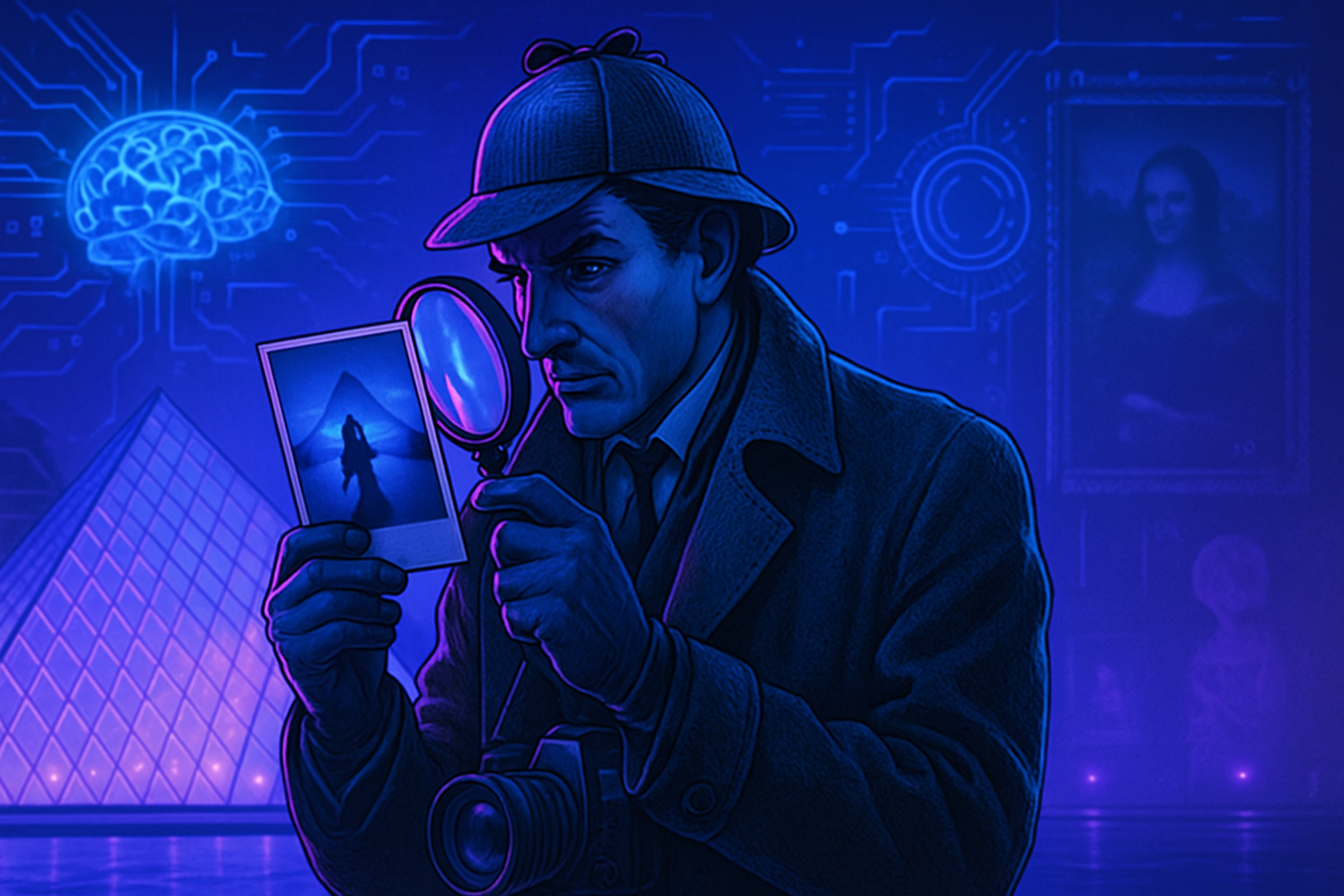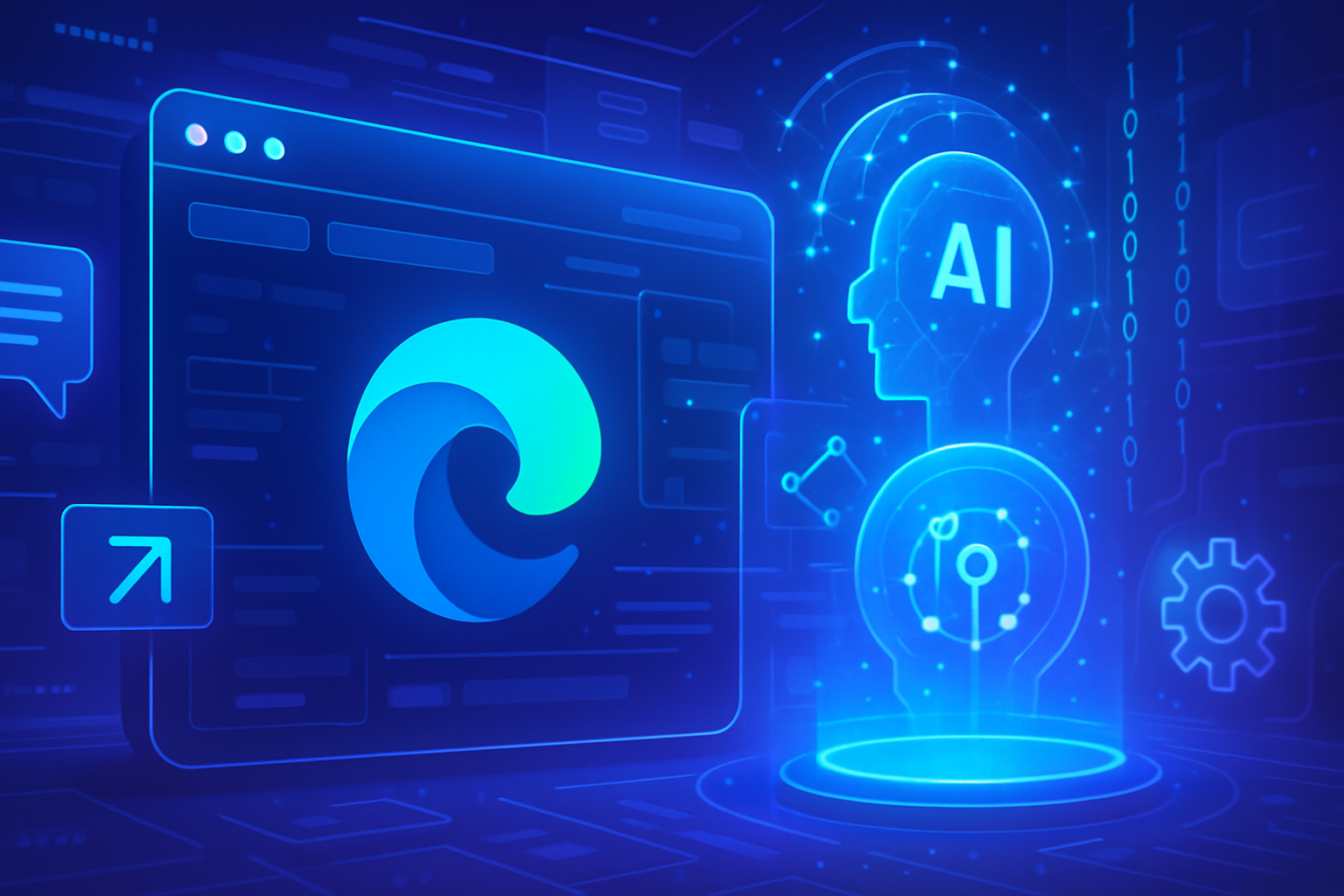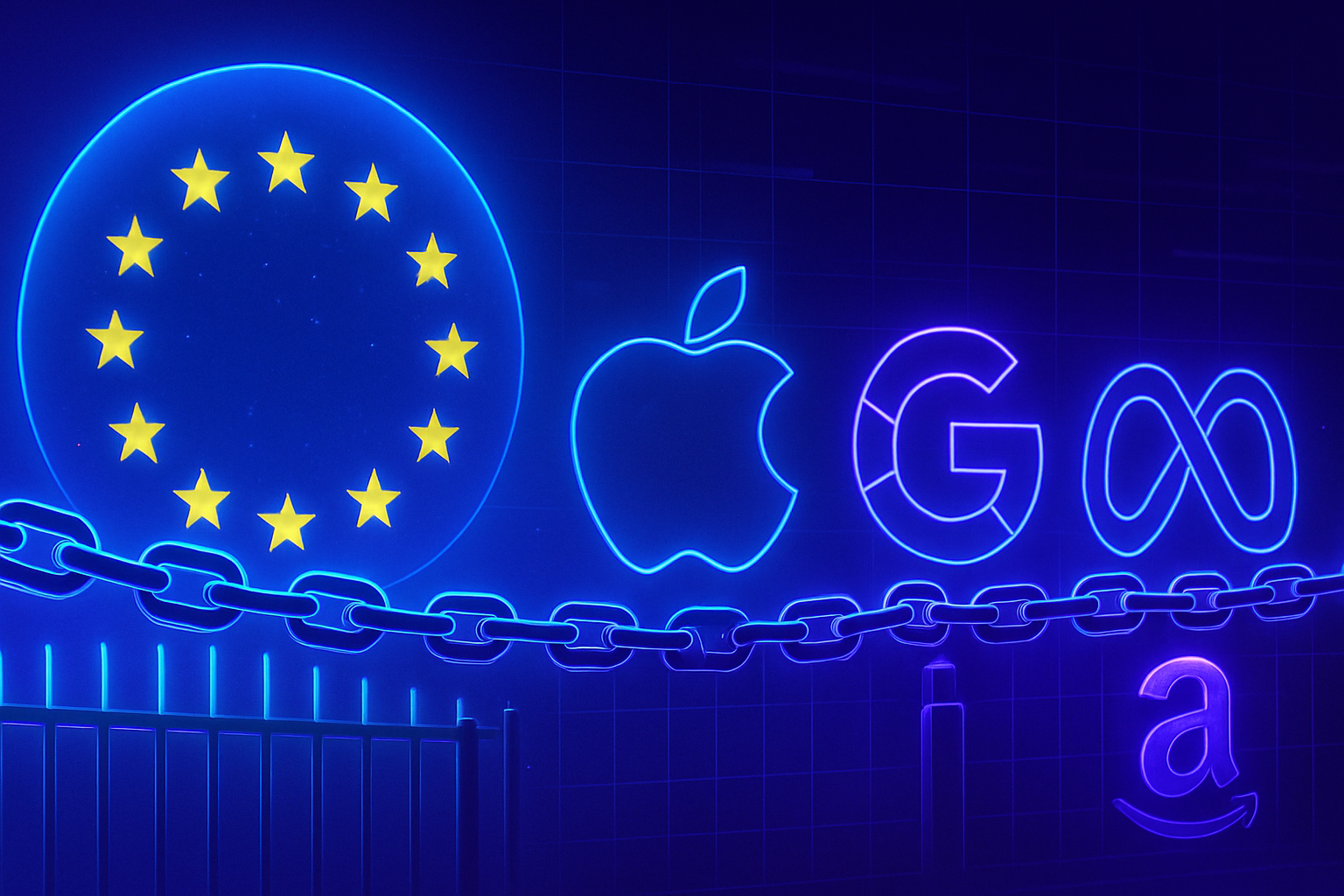Today, artists are looking to reinvent themselves and discovering new tools to create their works. Among these increasingly innovative creation tools, artificial intelligence (AI) stands out for its transformational potential in the artistic universe.
The Office Impart Gallery in Berlin and the democratization of AI in art
The Office Impart Gallery in Berlin is one of the institutions that have chosen to embrace this new approach. It highlights the work of artist Damjanski, based in New York, who explores the concept of applications as works of art. Johanna Neuschäffer, representative of the gallery, describes works created from photographs taken with a smartphone by anyone, then enhanced using an artificial intelligence algorithm.
The fusion between reality and fiction thanks to intelligent algorithms
Beyond this initial creative approach, there are also new initiatives that disrupt our perception of reality. The German gallery Nagel Draxler, for example, presents photographs of fictional places generated from images also processed by an artificial intelligence software. Basketball courts in the heart of a yard or urban neighborhoods resembling those of New York or Paris are in reality places invented by algorithms scanning a bank of images and recombining them according to a set of predetermined criteria.
When artificial intelligence becomes an artist
But artificial intelligence does not content itself with being a valuable aid for artists. It is capable of creating authentic works of art without direct human intervention. Indeed, there is an increasing number of creations made entirely by machines and their intelligent systems, such as neural networks or other models based on machine learning. The rapid rise of these sophisticated techniques now allows algorithms to produce unique and unprecedented works of art, thus offering the art market a new source of inspiration and diversity.
The influence of artificial intelligence on the perception of originality and artistic value
The question that arises, then, is that of the true place of AI in artistic creation. Some art purists may be reluctant to accept this notion, believing that there is true creativity only in the human mind. However, it is undeniable that works created by AI have an impact on our understanding and appreciation of art. How, then, can we judge the originality and intrinsic value of a work created by a machine?
A debate that extends beyond the simple artistic framework
This debate encompasses issues that are in reality broader than the art field alone: it questions our view of artificial intelligence and its role in our society. If we accept the idea that an algorithm can produce a work of art, must we then evolve our very definition of what an artist is? And if so, how do we determine what truly constitutes an original and unique creation?
The art market facing AI:
Ultimately, the emergence of artificial intelligence as a tool and actor in artistic creation raises new questions for both enthusiasts and professionals in the art market. As these techniques continue to evolve, their growing influence will undoubtedly push us to rethink our approach to art, as well as the criteria by which we judge the quality and aesthetic value of a work.
Conclusion
The development of artificial intelligence undoubtedly opens a new exciting chapter in the history of art, offering artists, institutions, and the public even more creative possibilities. It is now time to embrace these new perspectives while remaining aware of the ethical and conceptual challenges they raise.
